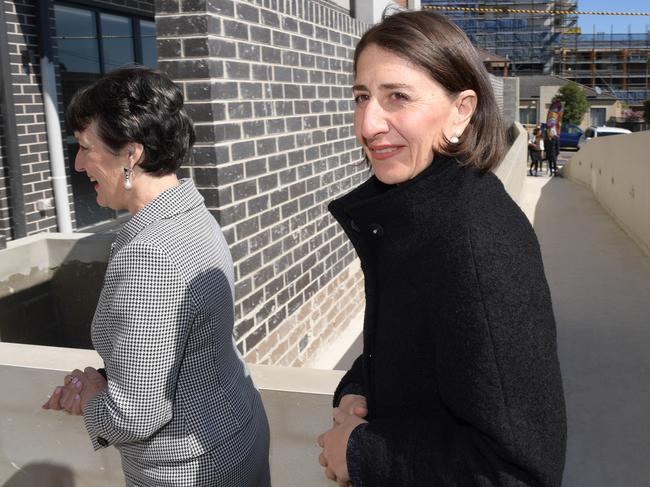Homelessness increase not helped by failure to provide adequate social and affordable housing
Homelessness across the nation is on the rise as governments have presided over major cuts in social and affordable housing.

The national level of homelessness increased by 14 per cent from 2011 to 2016, with the increase most pronounced in NSW, up 37 per cent to around 37,000 persons.
It was in 2008 when the federal government committed to an ambitious strategy to halve national homelessness by 2020.
But as successive governments regrettably abandoned the 2008 commitment, homelessness in Australia has been on the rise.
MORE: Is this Australia’s longest property contract
Delta Goodrem house sells for street record

There are several levels of homelessness, but concerningly the numbers sleeping rough have been growing even faster. This, the most visible and distressing form of homelessness, grew nationally by 20 per cent between the 2011-2016 Census periods.
Academics point to policy failures within these trends. These include social security system changes, such as shifting welfare benefit recipients on to lower payments with more conditions of eligibility.
This week The Daily Telegraph reported one in 10 homeless people sleeping rough in NSW is a military veteran who has failed to get help from the Department of Veterans’ Affairs. These and other policy failures have been critical in our housing market where, by international standards, subsidised social housing provision is minimal.
The geographical pattern of the homeless surge confirms the rising costs to stay in the housing market is, in part, driving these changes.

An Australian Housing and Urban Research Institute (AHURI) report found increases in homelessness have generally been much more rapid in pricey capital cities. So, overall numbers were up by 53 per cent in inner Sydney suburbs between 2011 to 2016. The vast majority of Australia’s lower-income population depend on an increasingly stressed private rental sector where the stock of low-cost homes is dwindling.
ABS statistics show the proportion of low-income tenants in rental stress has risen over the past decade in NSW from 43 per cent to 51 per cent.
Despite these stark trends, governments, while footing the bill for homelessness services, have presided over cuts in social and affordable housing. An increasingly underfunded social and affordable housing system leads to a burgeoning cost of emergency services for those lacking homes. On its current path, the cost is set to exceed $1 billion by 2020. Of course, mental health and homelessness are strongly associated. Some 30 per cent of Specialist Homelessness Services (SHS) consumers had a current mental health issue, according to the Australian Institute of Health and Welfare in 2018.
Academics noted this is significantly higher than the rate of mental illness among the general population of 16 per cent.
The interplay between mental health and housing is the subject of a current national study being undertaken by Mind Australia and the AHURI. A 2016 study found the significant share of rough sleepers with a mental health issue are not receiving any treatment, and their homelessness perpetuates their mental health issues.
SIGN UP TO THE NSW REAL ESTATE NEWSLETTER
The long-term structural trends in the Australian housing system — falling rates of home ownership, an increase in private rental, declining stocks of social housing and lack of affordable housing for low-income households — combine as the wider backdrop in the housing issues facing the homeless.
Originally published as Homelessness increase not helped by failure to provide adequate social and affordable housing

